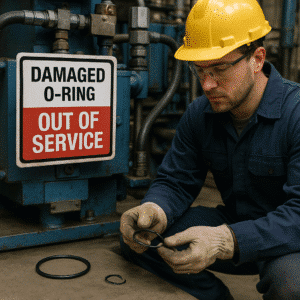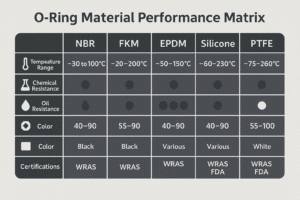Have you noticed oil stains under your vehicle or a strange smell while driving? A rear axle seal leak might be silently damaging your drivetrain without warning.
Rear axle seal leaks can lead to serious mechanical failures if ignored. Identifying the symptoms early and taking preventive action can save you from costly repairs.
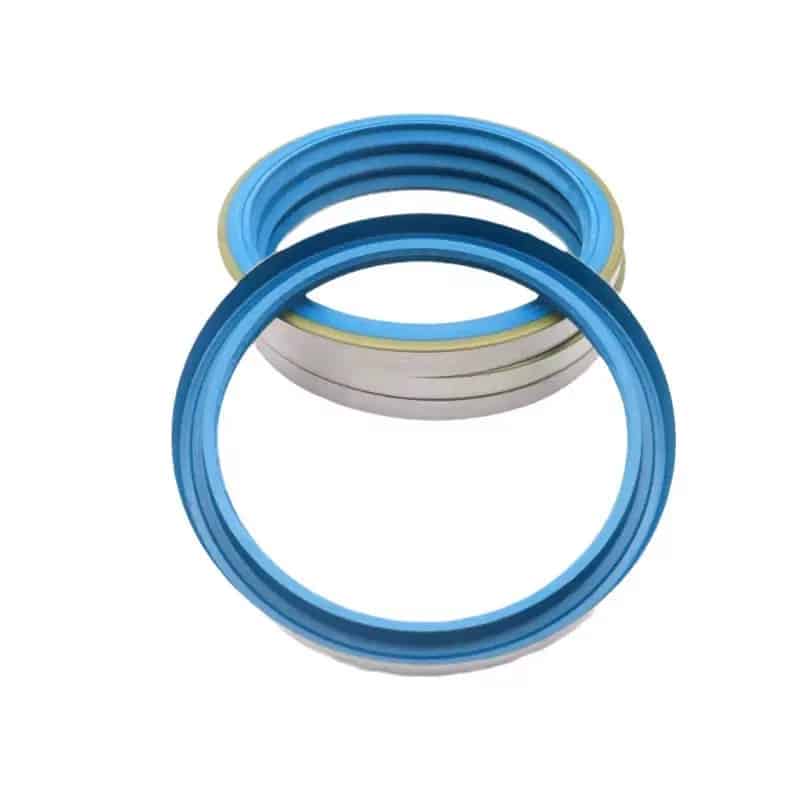
Rear axle seals are a critical part of your vehicle’s drivetrain system. In this article, I’ll explain how to detect a leak, what causes it, how to repair it, and what type of seals to use for long-term reliability.
What are the signs of a rear axle seal leak?
Think that small oil spot on your garage floor is harmless? It could be a warning sign of axle seal failure.
Common symptoms of a leaking rear axle seal include:
- Oil or grease leaking near the wheel hub
- Burning oil smell while driving
- Stains or puddles under your axle
- Rear wheel vibrations
- Noisy differential or whining sounds
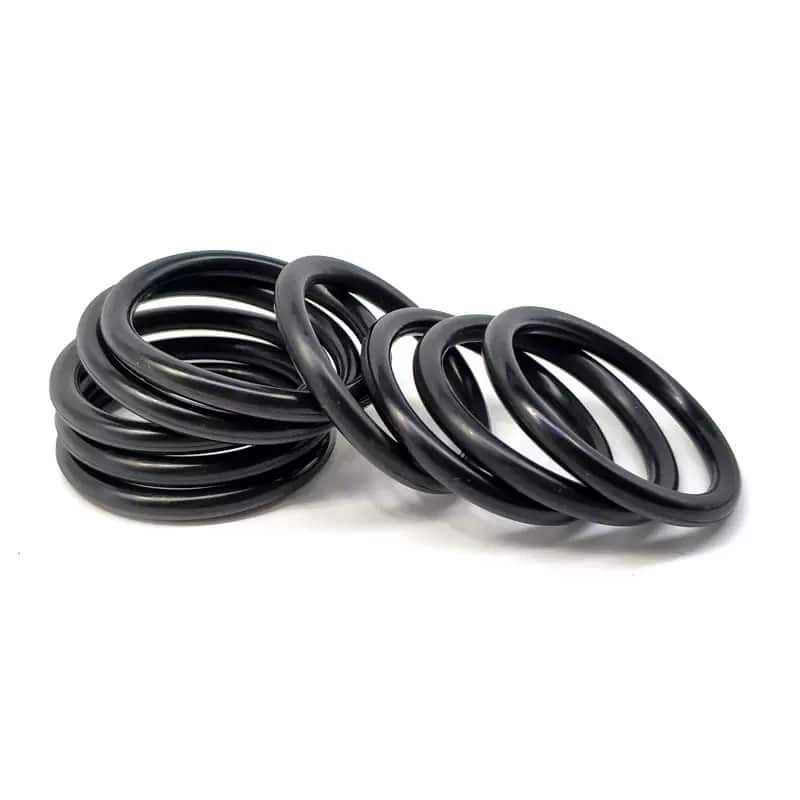
If you operate fleet vehicles or industrial machinery, consistent inspections can help catch these leaks early. For more on axle seal basics, read our axle seal introduction guide.
What causes a rear axle seal to leak?
Leaks are not random. They are often the result of specific wear or maintenance issues.
Top reasons for rear axle seal leaks include:
- Aging or hardened rubber (especially in NBR seals)
- High axle pressure from towing or overload
- Improper installation without seal guide tools
- Worn or misaligned axle bearings
- Contaminants causing seal abrasion
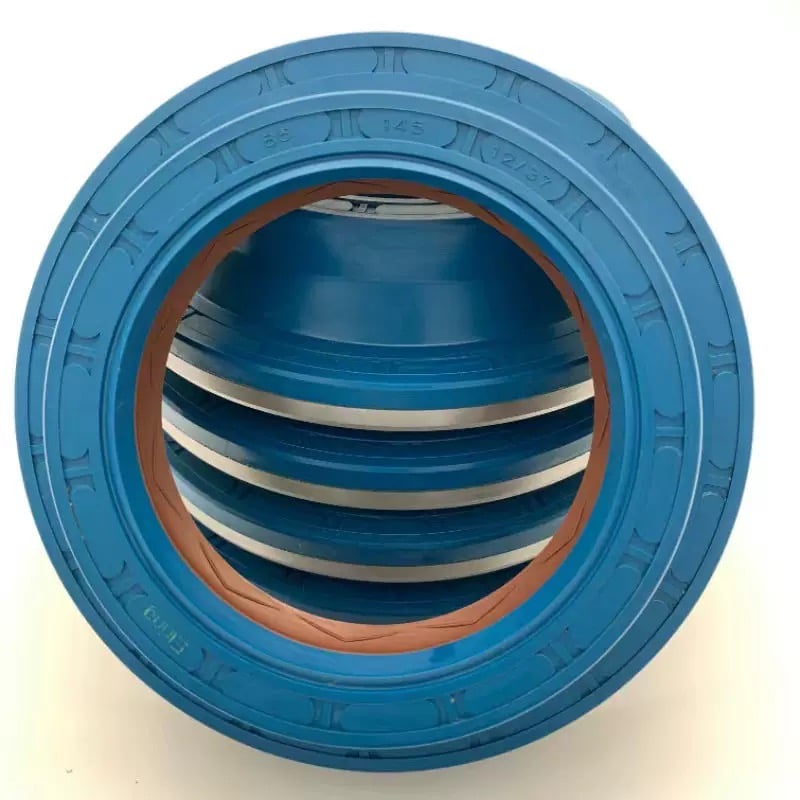
Over 50% of axle seal failures I’ve seen in industrial settings were caused by poor installation. Proper seal driver tools like our O-Ring Maker Kit help ensure safe alignment.
How much does it cost to repair a rear axle seal leak?
Worried about the repair bill? Rear axle seal replacement is far cheaper than fixing a damaged differential.
| Repair Type | Average Cost (USD) | Included Work |
|---|---|---|
| DIY Replacement (Parts) | \$20–\$60 | Seal + gear oil |
| Shop Replacement Labor | \$150–\$300 | Seal replacement + cleanup |
| Full Axle Rebuild | \$600–\$1200 | Bearings + seals + possible axle shaft |
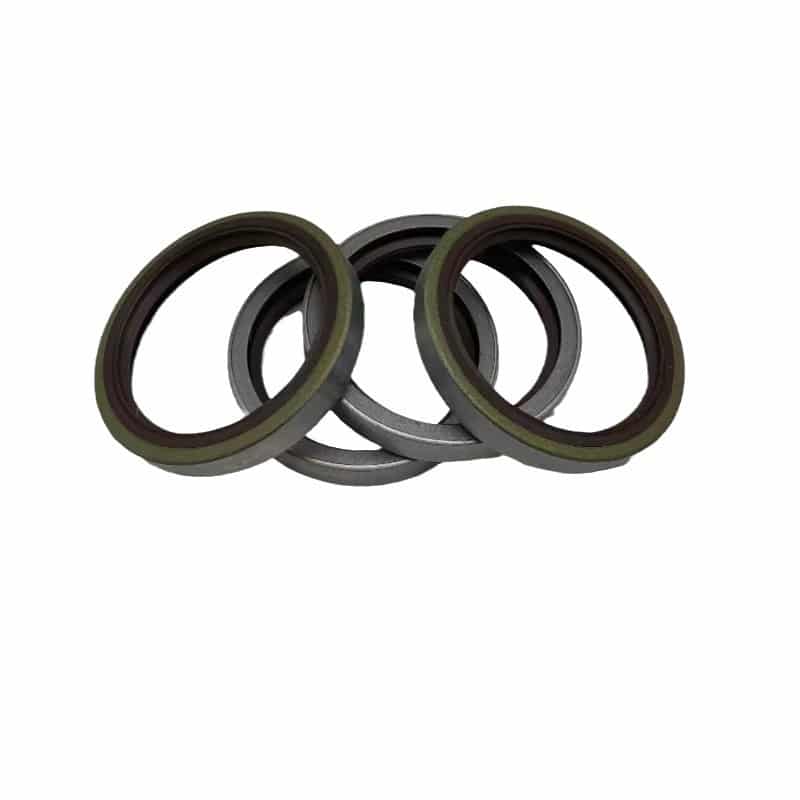
Want the full breakdown of costs and tools? Check out our Axle Seal Replacement Guide.
Can you drive with a leaking rear axle seal?
Technically yes—but it’s not safe for long.
Operating your vehicle with a leaking seal may result in:
- Gear and bearing overheating
- Differential failure
- Brake contamination
- Reduced fuel efficiency
If you're managing trailers or agricultural equipment, this could halt operations.
How to replace a rear axle seal?
Replacing a rear axle seal is possible for DIYers with the right tools. Here’s the basic process:
- Lift the vehicle and remove the wheel
- Drain the differential fluid
- Remove the axle shaft (C-clip or flange type)
- Extract the old seal with a seal puller
- Clean housing surfaces thoroughly
- Install the new seal using a seal driver
- Reassemble components and refill oil
We strongly recommend using a dedicated seal installer. Our axle seal tool kits are designed for precise, damage-free installation.
Conclusion
Rear axle seal leaks aren’t just messy—they’re mechanical warnings. Spotting symptoms early and using quality seals can extend the life of your vehicle or equipment.
Related topic
What Causes Shaft Seal Failures and How to Prevent Them
How to Install an Oil Seal Without Leaks
High-Temperature O-Ring Kit for Harsh Environments
Ready to upgrade your rear axle seals?
We offer OEM-quality axle seals for trucks, trailers, and off-road machinery—customizable and fast-delivery ready.
📧 Email: [email protected]
📲 WhatsApp: +86 17622979498

